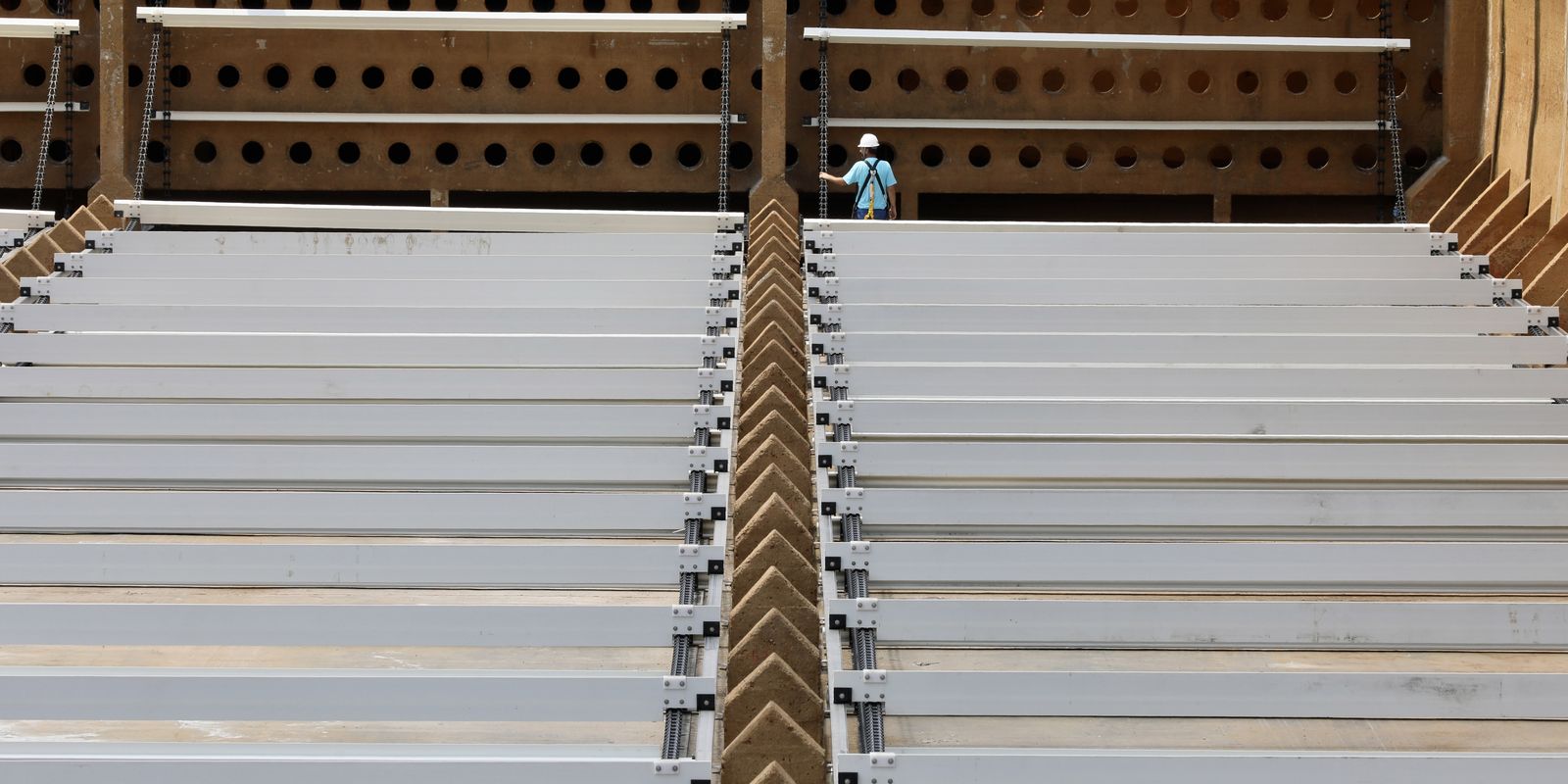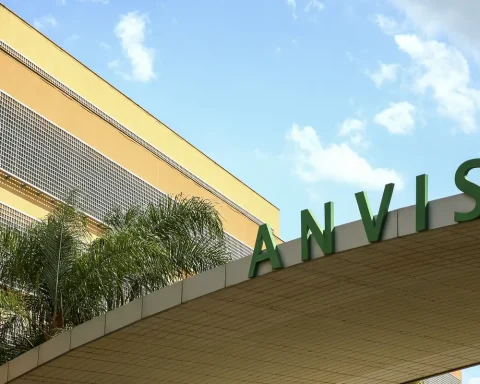The president of the State Water and Sewage Company (Cedae), Aguinaldo Ballon, said this Monday (16) that the supply company reduced water collection by 10% this weekend in the Imunana-Laranjal System, which serves 2 million people in the municipalities of Niterói, São Gonçalo, Itaboraí and part of Maricá.
With the reduction caused by the drying up of rivers, the company asks that the population use water responsibly and avoid washing cars and sidewalks, for example. In a meeting with the governor of Rio de Janeiro, Cláudio Castro, Ballon also recalled that the Acari System, which supplies municipalities in Baixada Fluminense, also had its water intake reduced, in this case by 30%.
“When we compare the production graph, we have only 70% of what we have had in the collection period in the Acari System over the last 8 years. However, the Acari system is being compensated by the Guandu Water Treatment Plant. We are making more water available from Guandu to the Acari system to mitigate and minimize the impact of this system, which specifically serves municipalities in Baixada Fluminense,” he explained.
Water crisis
THE water crisis The situation that the state of Rio is facing due to the drought combined with the reduction in the volume of water in the reservoirs is worrying the government. With no significant rainfall forecast for the next 15 days, according to data from the National Institute of Meteorology (Inmet), the situation is likely to worsen.
The amount of water in the Guandu Hydrographic Region, responsible for supplying around 9 million people, has also been decreasing. Currently, the so-called equivalent reservoir is at 67.23% of its capacity, according to the Geographic and Geoenvironmental Information System of the Guandu Committee -RJ.
The Funil Reservoir, located in Itaiaia, in the south of Rio de Janeiro, and which is part of the Funil Hydroelectric Plant, responsible for part of the energy supply to Rio de Janeiro, São Paulo and Espírito Santo, is at 27.84% of its capacity, which also poses risks to electricity generation. According to experts, the situation is only not worse because Rio had record rainfall at the beginning of this year. In January, there were 348.9 millimeters (mm) of precipitation.

















